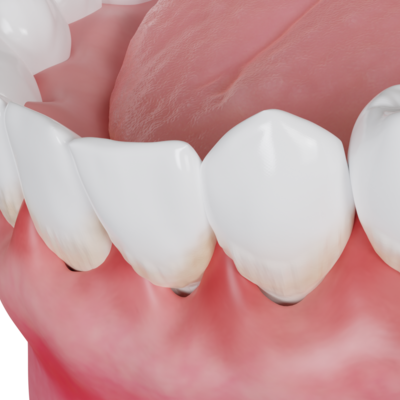Swollen, red gums are often a sign of gum inflammation, known as gingivitis. This is commonly caused by a buildup of dental plaque, but can also result from irritants, vitamin deficiencies, hormonal changes, or certain medical conditions.
We’ve moved! We look forward to caring for you at our new home: 1801 Harwood Court, Hurst, TX 76054

